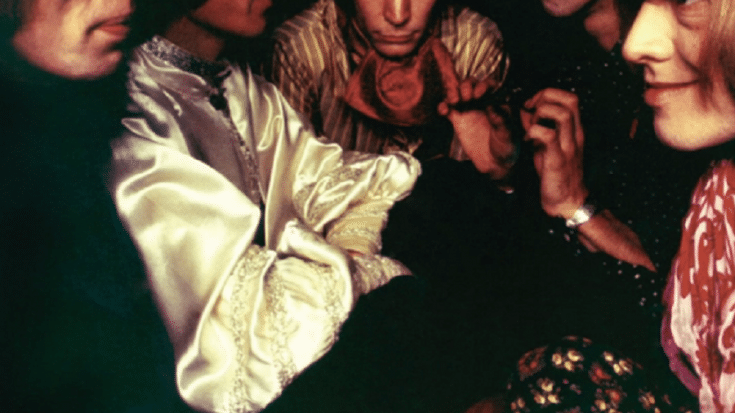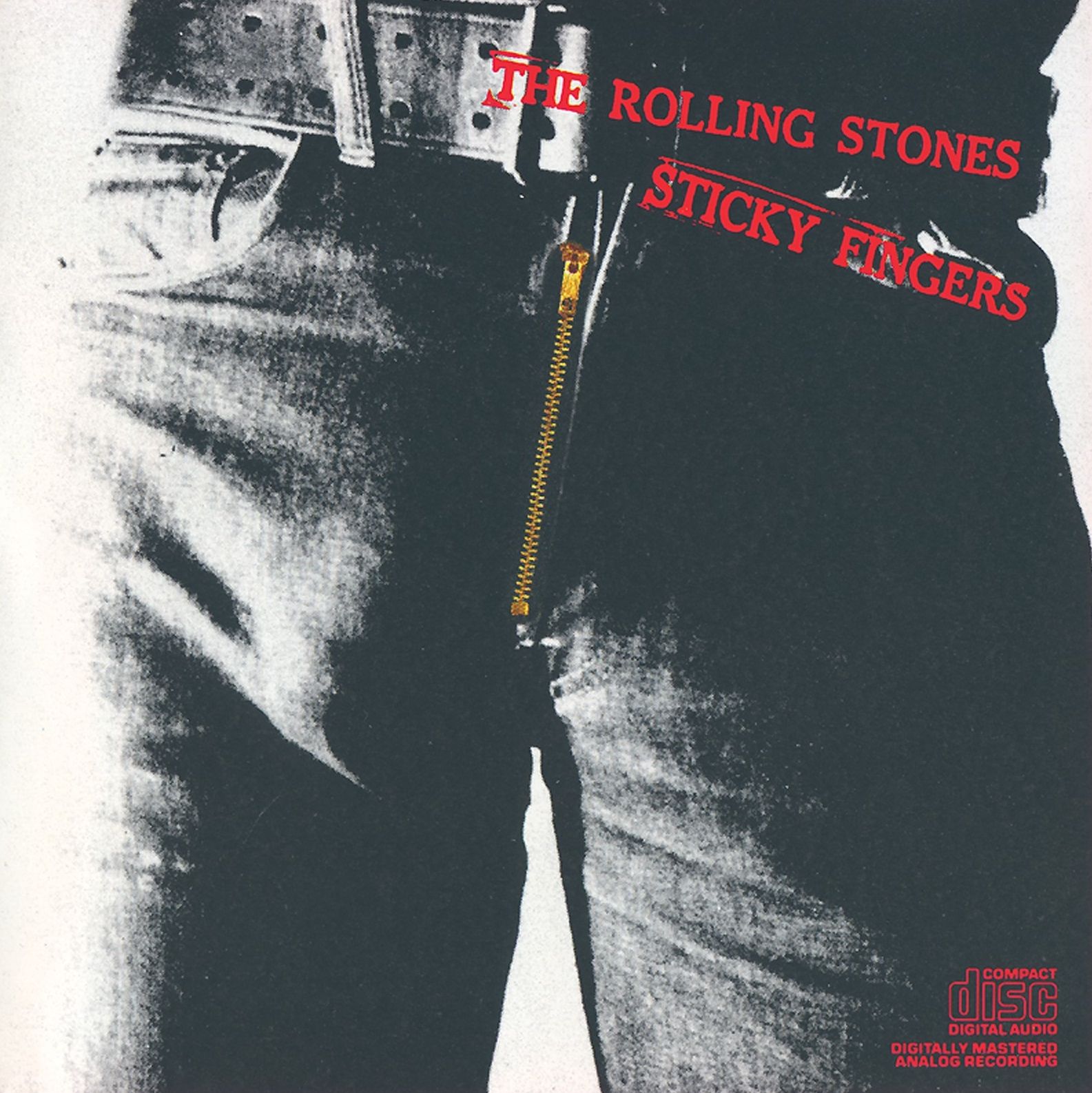5 Most Controversial Album Covers That Sparked Debate and Conflict

via The Rolling Stones/YouTube
Although album covers have long served as a creative outlet, some have gone too far and caused controversy. These covers have provoked outrage, and discussions, and occasionally faced restriction due to their daring words and striking images. Here are a few of the most contentious album covers in music history, along with the cultural repercussions they have had throughout time.
The Rolling Stones – Sticky Fingers
With its working zipper cover, “Sticky Fingers” made a striking impression, echoing the Rolling Stones’ edgy aesthetic while drawing attention to its graphic sexual content. Andy Warhol’s innovative cover design captured the hedonistic and rebellious mood of the 1970s. It challenged prevailing conventions and solidified rock music’s place in music history by igniting discussions about sexuality in the genre.

Sex Pistols – Never Mind the Bollocks, Here’s the Sex Pistols
The aggressive ethos of punk rock was unashamedly embraced on the cover of The Sex Pistols’ debut album. It generated controversy and resulted in store bans because it used the controversial phrase “bollocks,” which is deemed derogatory in the UK. It was a defining emblem of the punk movement and its anti-establishment philosophy because of its unconventional design, which questioned accepted conventions and aesthetics.

Sinead O’Connor – I Do Not Want What I Haven’t Got
The shaved head on Sinead O’Connor’s record cover defiantly questioned accepted notions of femininity and beauty. Particularly in a field that is dominated by men, it spurred discussions about identity and self-expression. By being true to herself, O’Connor produced a potent emblem of strength that spoke to a lot of people and went against the grain of society.

Cannibal Corpse – Butchered at Birth
Cannibal Corpse’s album cover, which depicted a horrific and unsettling picture of carnage, pushed the limits of shock value. Due to the violent visuals, the record received a lot of negative feedback and was banned in several places. Particularly in the extreme metal genre, this dispute sparked discussions about music control and the boundaries of artistic freedom.

Madonna – Like a Prayer
The religious images and symbols on Madonna’s “Like a Prayer” cover sparked a media frenzy. She was accused of blasphemy by critics, especially because she included a flaming cross. Protests and boycotts resulted from the outcry, but it also sparked crucial discussions about feminism, religion, and sexuality in popular culture.













